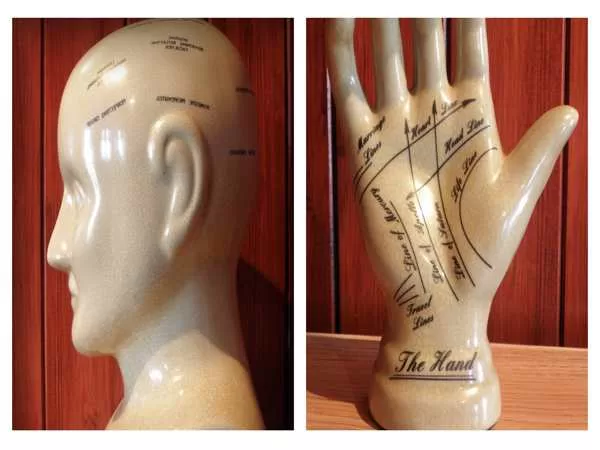Charles Dickens, in his novel Hard Times, famously poked fun at the Victorian obsession with facts. Yet, this very same era saw a curious blend of scientific inquiry and fringe beliefs. One such fascination was phrenology – the practice of assessing character and mental abilities by studying the shape of the head.
From Gall’s Cranioscopy to Fowler’s Bumpy Business
Phrenology emerged in the 1790s from the mind of Dr. Franz Joseph Gall. This German physician proposed that the brain was composed of distinct “organs” responsible for various mental functions. He believed the size and shape of these organs, in turn, influenced the external contours of the skull. Gall called this concept cranioscopy, but his collaborator, Johann Spurzheim, coined the more enduring term “phrenology.”
Despite a falling out, both Gall and Spurzheim actively promoted phrenology across Europe. It found a particularly enthusiastic audience in France and Britain, later spreading to the United States thanks to Spurzheim’s lectures. Following his passing, American entrepreneurs Orson and Lorenzo Fowler saw a lucrative opportunity. They established a phrenology business, publishing books and creating the now-iconic “Fowler’s head” – a porcelain head marked with the supposed locations of different mental faculties. This head became a symbol of phrenology, with many modern reproductions bearing the Fowler name.
Feeling Your Bumps for Brains?
The practice of phrenology involved a phrenologist running their fingers over a client’s head, feeling for bumps and indentations. These bumps were supposedly indicative of dominant or underdeveloped mental organs. Gall initially proposed 27 such organs, with others adding to the list over time. Having your head “read” by a phrenologist became quite fashionable.
The Fall of a Flawed Theory
As scientific understanding of the brain progressed, particularly in the realms of neuroscience, phrenology’s weaknesses became apparent. By the early 20th century, it was largely dismissed as a pseudoscience. One major reason for this decline was the lack of a solid scientific foundation. Phrenology’s claims were primarily based on speculation and anecdotal evidence, rather than rigorous research. Additionally, the practice was misused by some to justify racist and colonial ideologies. Stephen Jay Gould’s influential book, “The Mismeasure of Man,” delves into this dark chapter in the history of phrenology.
A Lesson in Curiosity and Skepticism
Phrenology stands as a reminder of the human desire to understand ourselves and the mind. While the methods were far from accurate, the underlying curiosity about human nature remains relevant. It also serves as a cautionary tale, highlighting the importance of scientific rigor and critical thinking when evaluating new ideas. Today, phrenology finds its place in museums and historical accounts, a quirky relic of the Victorian fascination with the human mind.

